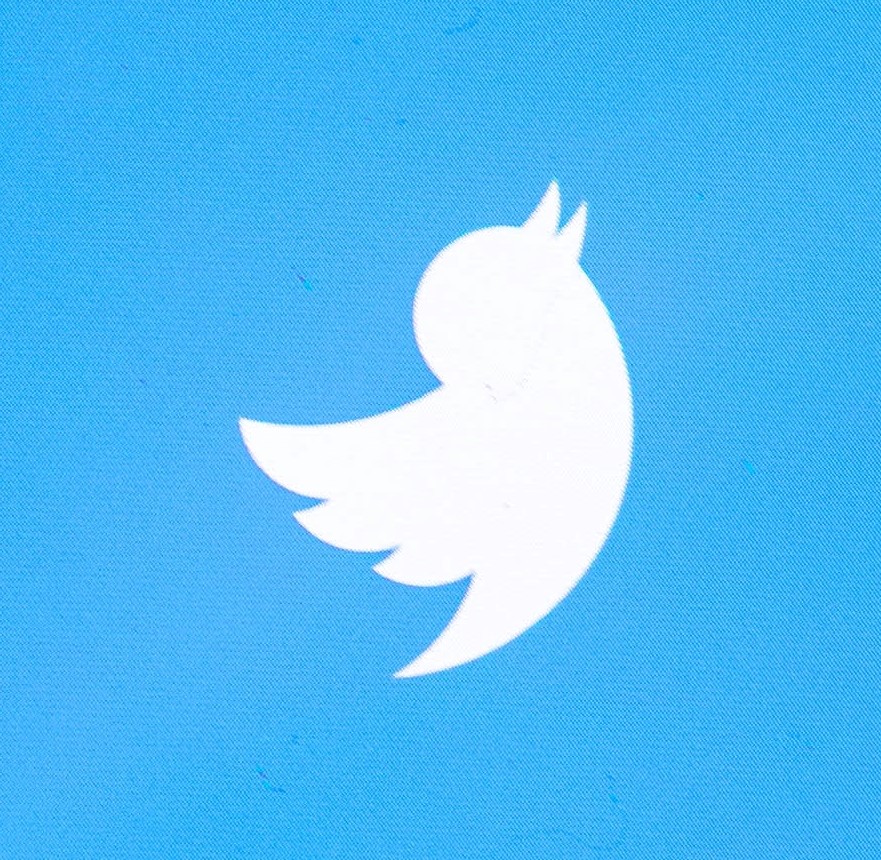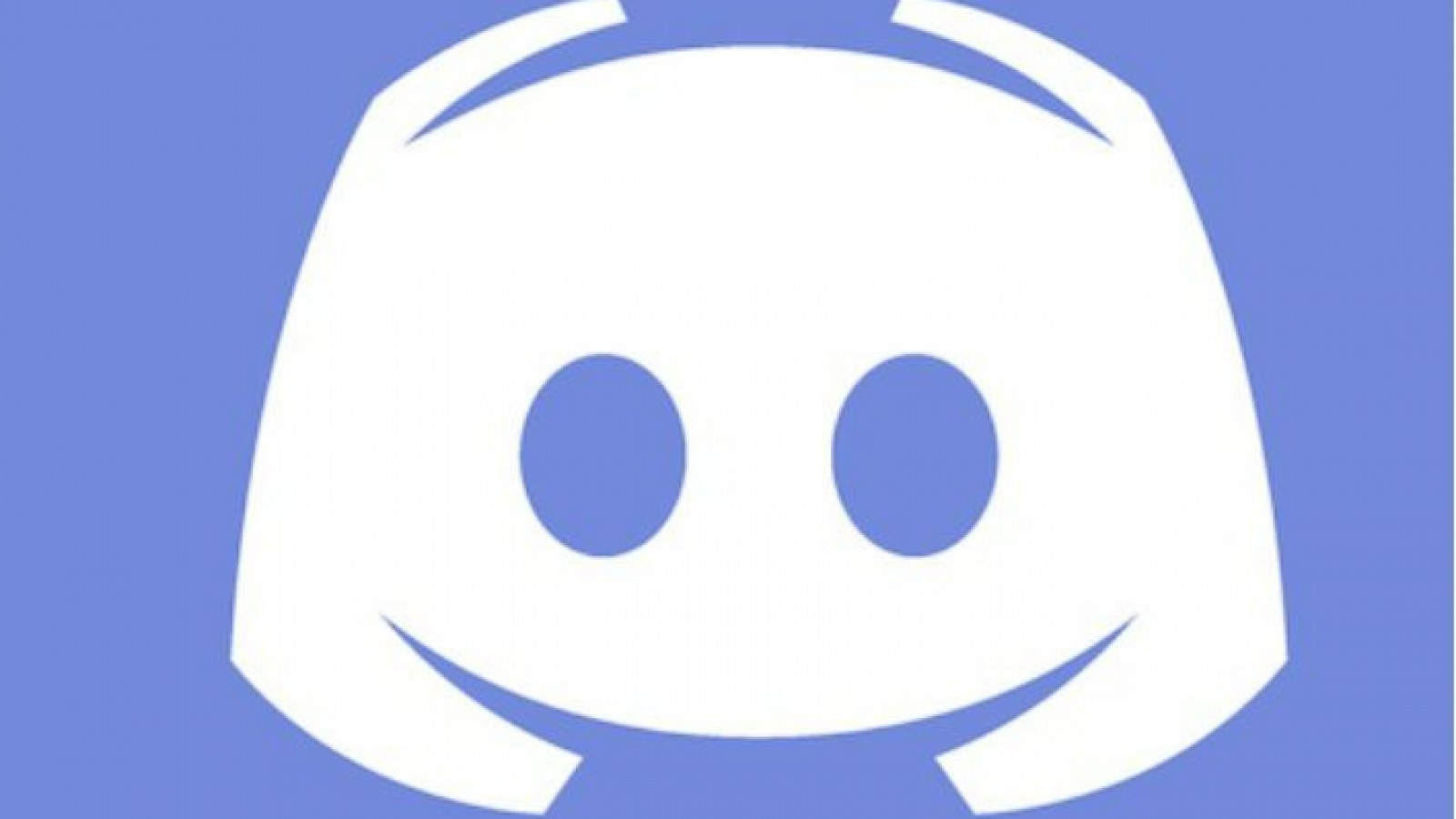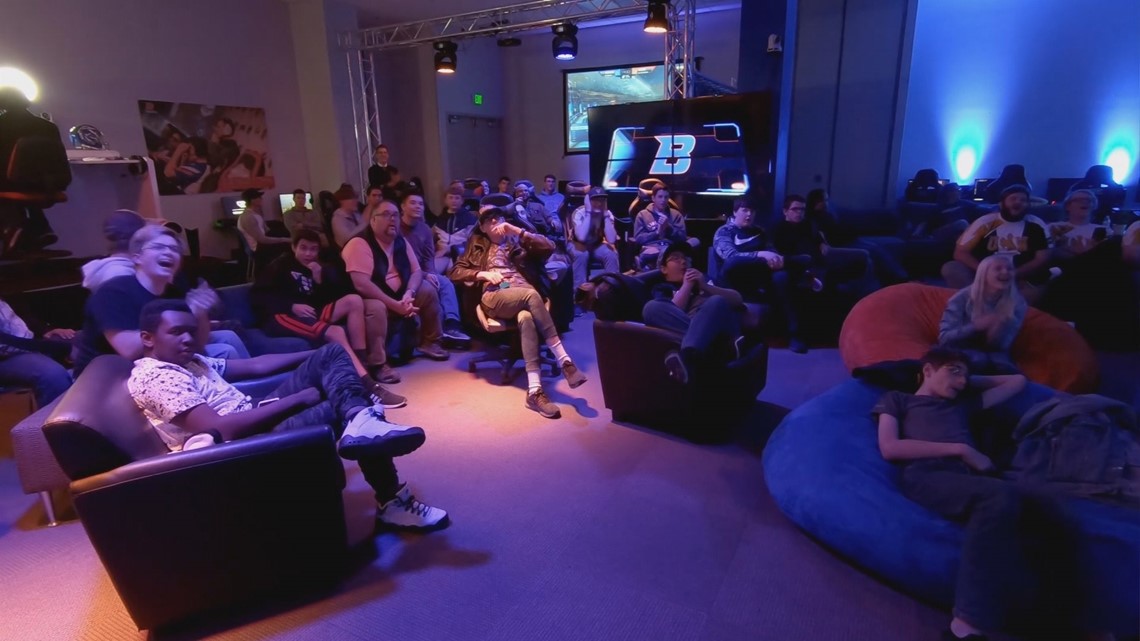
How impactful can social media platforms used by your esports program be to your college or university?
Immense, says Christian Gross, a respected voice from the video gaming industry.
Gross has seen the positive impacts first-hand, as a longtime gamer, the former president of a university team that won two national championships and as an insider through his work as a product manager with the American Video Game League and Boom.tv.
He says programs at higher education institutions that focus on building community through smart social media strategies, “temples” and “rituals” are the big winners. Before the pandemic, schools such as the University of California, Irvine, had leveraged that community to pack 3,000 unique visitors per month into its facility. Many other colleges, including the University of Washington, UC-Riverside and the Rochester Institute of Technology, have huge networks of students involved in gaming, numbering in the hundreds or thousands.
“In terms of size on campus, esports has the potential to eclipse everything,” says Gross, pointing his own school, the University of Texas at Arlington, as a reference. “When we were at UTA, we were larger than all of the fraternities on campus. Our events beat out [student organization events] by a massive margin, with a fraction of the amount of funds.”
Indeed, when Gross was at UT-Arlington, events grew from 80-120 people to 400-600. His Discord server was fielding as many as 20,000 messages. He says universities such as his get it right because they are forward-thinking, nimble and smart in their outreach. Others that aren’t may be losing out on a huge opportunity.
“Everyone knows how to get people or get players in to the university by saying, hey, we have a team, but there’s a huge miss right now in terms of retention,” he says. “You get what you put into this sort of program.”
In other words, there are more profound strategies than throwing together a varsity roster, connecting on game day and playing.
“If you’re not doing things outside of just gaming, you’re really hamstringing the performance of your community long term,” Gross says. “It’s going to get really hard to grow and sustain a large community. Even if you have a massive marketing blast on campus and get an initial 3,000 students involved or interested, it’s not going to be possible to retain them without these pieces.”
Social media, done right
Gross says one of the best ways to draw interest and rally the gaming community is through social media. He says the three main platforms of focus for any esports program should be Discord, Twitter and … Facebook.
“I know Facebook is gonna sound weird, but I think that Facebook has some really interesting retention tools that people aren’t using.”
But it must be done strategically and with purpose. He says, “One of the biggest mistakes is the misuse of a platform’s strengths and trying to do one platform’s job on another platform.”
For example, Gross notes that Twitter “is an incredibly unreliable way for students to get information compared to other tools. What Twitter is really good for is announcements that are meant to go out to the greater community or to fans.”
He also points out how Discord, being a live engagement platform, is far different from Twitter and that it can present huge challenges for those who don’t use it properly.
“I don’t think I’ve ever found a Discord that was run by a college group that was done correctly,” Gross says. “There’s so many different ways to make mistakes on Discord. Even with guidance, it can be really difficult.”
When it comes to bolstering esports on campus and empowering that large base of students, each platform has its own pluses and minuses. Gross took aim at four – Discord, Twitter, Facebook and Twitch – for strategies that might help esports leaders:
 Twitter: “If you go around and look at what college esports groups are currently using Twitter for, it’s basically just announcements. One of the most important things you can do is grow a third-party audience for your team: building a fan base, taking care of a fan base, providing the tools to manage them and keep track of them. That’s what Twitter is really, really good at. That’s the main reason that major brands use Twitter in the first place, to cultivate those fans and keep those interested people looking at your stuff.
The Twitter strategy needs to move over to fan engagement instead of just general announcements to people who are participating. That’s really all Twitter should be. Meme engagement is a really strong way to get people interested and following your page. Having player recaps or things that show off the team’s personalities is incredibly important.”
Twitter: “If you go around and look at what college esports groups are currently using Twitter for, it’s basically just announcements. One of the most important things you can do is grow a third-party audience for your team: building a fan base, taking care of a fan base, providing the tools to manage them and keep track of them. That’s what Twitter is really, really good at. That’s the main reason that major brands use Twitter in the first place, to cultivate those fans and keep those interested people looking at your stuff.
The Twitter strategy needs to move over to fan engagement instead of just general announcements to people who are participating. That’s really all Twitter should be. Meme engagement is a really strong way to get people interested and following your page. Having player recaps or things that show off the team’s personalities is incredibly important.”
 Discord: “One of things I see being done wrong all the time is that Discord for most college groups acts as a website. It tells you what events are, keeps track of activities, tells you what the rosters are, gives you contact information. But if it takes five or six clicks for a student to find out where to get their roles and to find their community, you’re going to have maybe a 30 or 40% dropoff in students participating. Each of those clicks that you add in front of a user is an amount of friction that you’re providing for them to not get involved with what you have going on campus. It’s important to make things as easy to understand as possible. Have an outsider that has not used Discord before periodically go through the registration processes with Discord. Be able to explain your server and what it can do for students … If you want to actively grow your community, all of your staff members need to be active. One of the biggest problems Discords have is managing notifications. It’s almost impossible to not get muted if you have no idea what you’re doing. Have spaces where students can get the information that they want. Do not cross-pollute those channels. Have a sacred channel that’s completely devoted to just talking about events. Have maybe two posts per event, so people are not getting spammed. Just enough to get people off of their seats and into the event itself. And consider using their templates.”
Discord: “One of things I see being done wrong all the time is that Discord for most college groups acts as a website. It tells you what events are, keeps track of activities, tells you what the rosters are, gives you contact information. But if it takes five or six clicks for a student to find out where to get their roles and to find their community, you’re going to have maybe a 30 or 40% dropoff in students participating. Each of those clicks that you add in front of a user is an amount of friction that you’re providing for them to not get involved with what you have going on campus. It’s important to make things as easy to understand as possible. Have an outsider that has not used Discord before periodically go through the registration processes with Discord. Be able to explain your server and what it can do for students … If you want to actively grow your community, all of your staff members need to be active. One of the biggest problems Discords have is managing notifications. It’s almost impossible to not get muted if you have no idea what you’re doing. Have spaces where students can get the information that they want. Do not cross-pollute those channels. Have a sacred channel that’s completely devoted to just talking about events. Have maybe two posts per event, so people are not getting spammed. Just enough to get people off of their seats and into the event itself. And consider using their templates.”
 Facebook: “Facebook is good at doing all of the notification work for you and it’s a lot harder to hide or disable than Discord. Having Facebook events to get students involved, especially when you’re doing freshman orientations, is another really big piece of the retention plate. The other really good thing about Facebook is tracking RSVPs. It’s good at being able to highlight conversations that you can’t have on other platforms like Twitter and Discord. If you have an events page, it’s easy for you to answer questions that they have about the event on that page. And then it exists almost as a forum or FAQ, without you having to put any extra work into it. It makes your life easier and improves retention.”
Facebook: “Facebook is good at doing all of the notification work for you and it’s a lot harder to hide or disable than Discord. Having Facebook events to get students involved, especially when you’re doing freshman orientations, is another really big piece of the retention plate. The other really good thing about Facebook is tracking RSVPs. It’s good at being able to highlight conversations that you can’t have on other platforms like Twitter and Discord. If you have an events page, it’s easy for you to answer questions that they have about the event on that page. And then it exists almost as a forum or FAQ, without you having to put any extra work into it. It makes your life easier and improves retention.”
 Twitch: “The Twitch Student guys actually have a way to help fast-track content creators into affiliated partner status with the amount of time that they have to spend on tools. For [typical] partner requirements, you need to be streaming as a full-time job. That’s not realistic for students, but some content creators that were getting to 100, 300 viewers on average, or over 1,000 on some big events, were getting partnership status when they wouldn’t have been able to previously through the Twitch Student program.
Through Twitch Student, you can have a college esports theme page, where you can highlight and host players on your channel. It’s a great way to get some of the smaller streamers some recognition and get them to grow their fan bases on campus. All you have to do is really say those magic words and those students’ ears are going to perk up.”
Twitch: “The Twitch Student guys actually have a way to help fast-track content creators into affiliated partner status with the amount of time that they have to spend on tools. For [typical] partner requirements, you need to be streaming as a full-time job. That’s not realistic for students, but some content creators that were getting to 100, 300 viewers on average, or over 1,000 on some big events, were getting partnership status when they wouldn’t have been able to previously through the Twitch Student program.
Through Twitch Student, you can have a college esports theme page, where you can highlight and host players on your channel. It’s a great way to get some of the smaller streamers some recognition and get them to grow their fan bases on campus. All you have to do is really say those magic words and those students’ ears are going to perk up.”

Opportunities for students
Esports directors from universities such as Boise State, Maryville and Harrisburg who have leveraged those smart strategies and tools have enjoyed great success. Many colleges understand the importance of serving all gamers on campus, not just elite ones. Most robust college gaming communities are comprised of 80% casual gamers, 15% highly competitive players and 5% who are content creators.
“What casuals are looking for when they’re coming to campus is not a team that they can participate in. It’s not really any competitive success,” Gross says. “They’re looking for communities to get into, because they’re about to lose a vast majority of their friends. And they’re looking for people that they can start bonding with.”
Part of the mission of the American Video Game is to provide a space for colleges to be able to support students and players to participate at almost a recreational level, with multiple teams competing against other colleges to give the experience to as many students as possible.
He says a properly positioned Discord can bring freshmen gamers into the community before college even starts. Gross says having rituals (social meetings, fundraisers and dinners) as well as a “temple” on campus is especially enticing for the casual crowd.
“A lot of these players really like to see a space,” Gross says. “When they see a space for esports on campus, they know that they’re going to have a temple for their community. It gives those students a safe place on campus to exist. Whether it be a student group that just has a room or an open space on campus that they can just compete and exist in, it exists in all of these successful campuses.”
Gross also warns to not underestimate the value that content creators bring to a university. He advises that college programs consider allocating a portion of their scholarships to those who can help build community, a social media/content manager, perhaps.
“Esports is a superstar industry, but there’s only so many students that are going to make it,” he says. “The students who are participating in the actual career aspect of esports on campus have largely been proven to get into the industry in droves, whether or not they’re supported by an official program.”
The most important takeaway for coaches and directors, beyond being able to corral social media or having a national champion-caliber team, is to foster a welcoming environment where all gamers can flourish.
“It’s about being open and inclusive for students that are coming in and developing a culture for the community that’s productive,” Gross says. “Being able to tie those individuals together creates a stronger community. Rituals are really important because you’re building more evangelists for your brand. Those people are going to end up being the foot soldiers to get people out and involved in the community and get their friends together.”
Chris Burt is a reporter and editor for University Business and the Program Chair for the Academic Esports Conference & Expo. He can be reached at [email protected]

